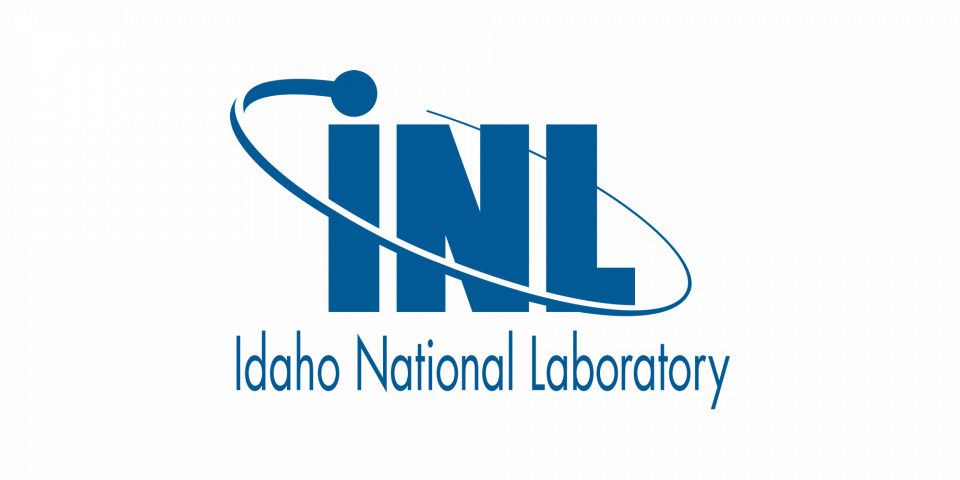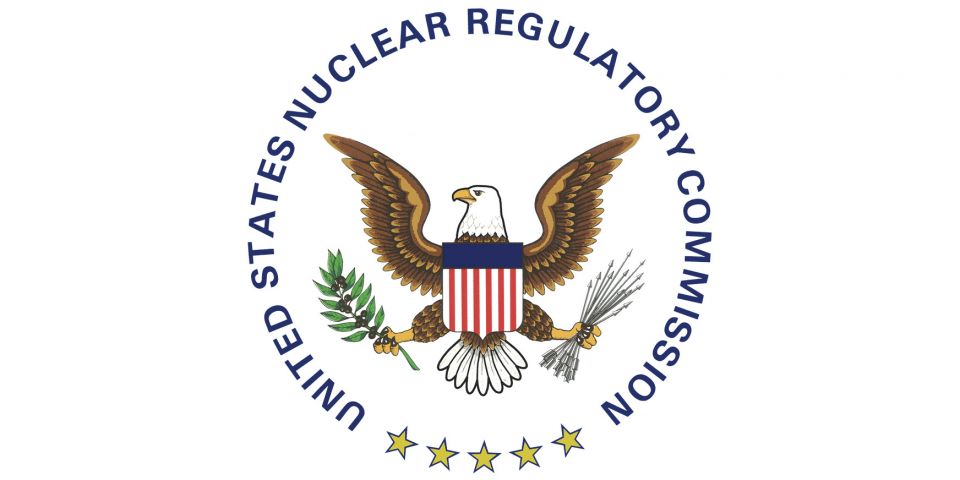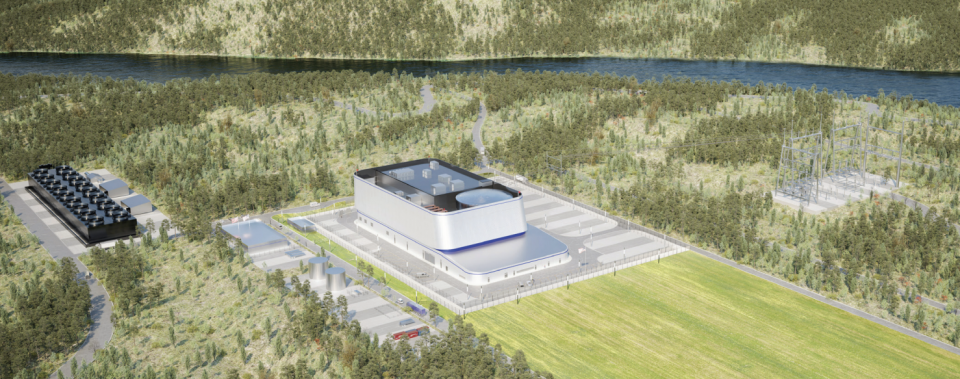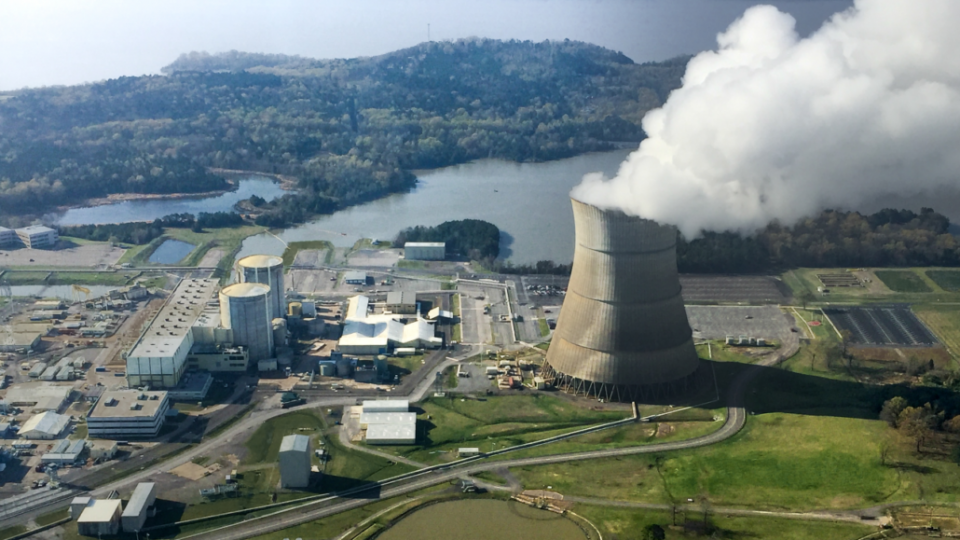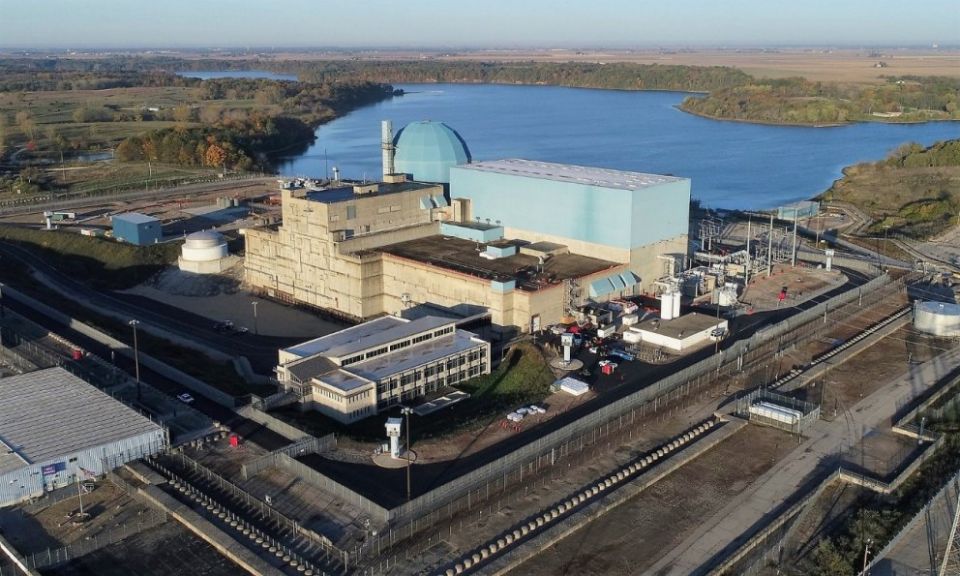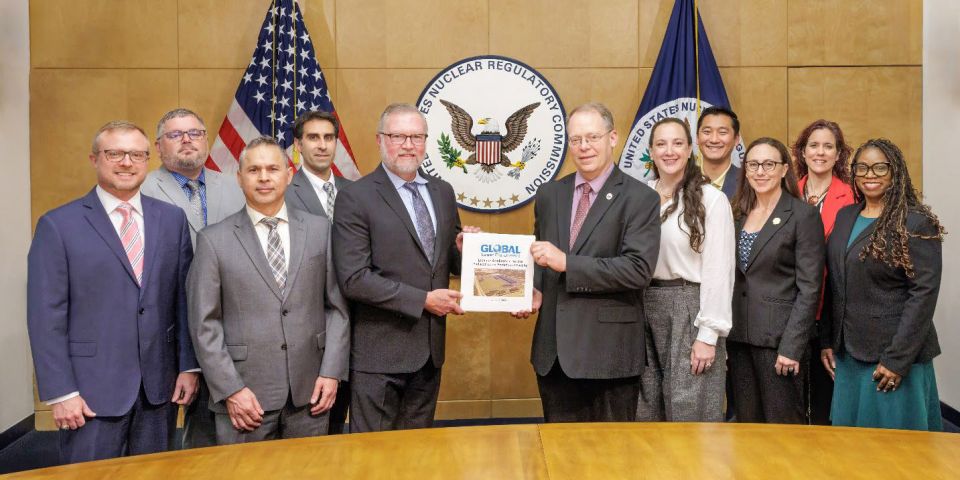A better search: Improving public access to the NRC’s ADAMS document database

The Nuclear Regulatory Commission hosted a public meeting yesterday to gather comments on its web-based ADAMS (WBA) system—a public document search tool introduced in 2010. It’s a tool that novice users find daunting and frequent users find frustrating, whether they’re searching for a single document or for thousands of documents on a single topic.



